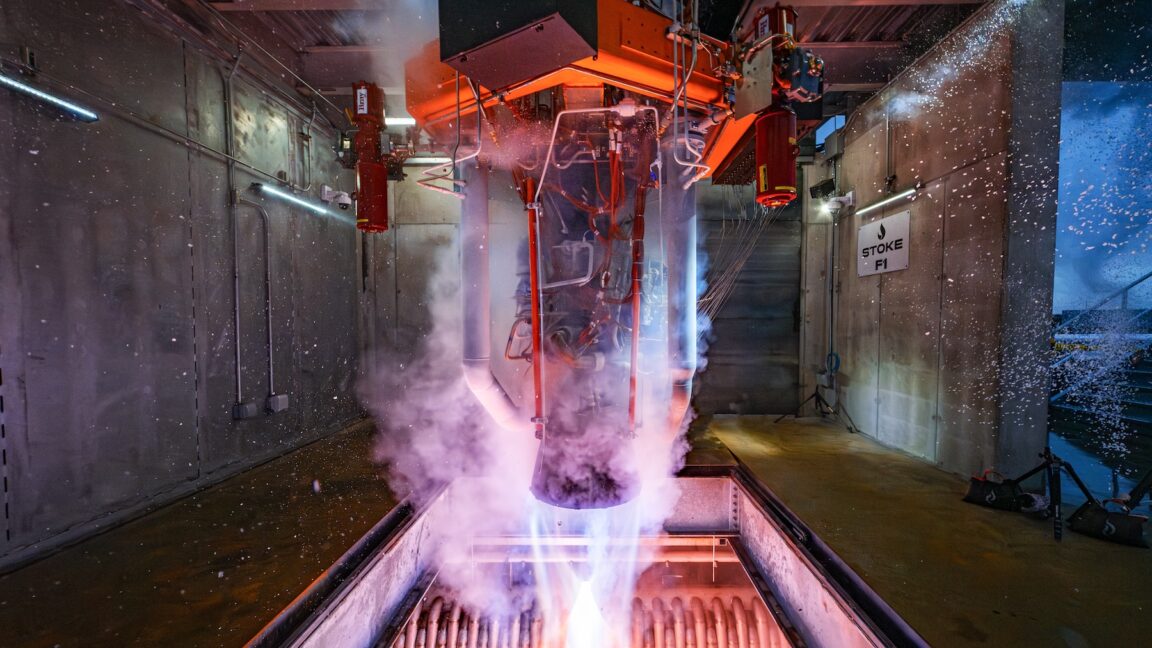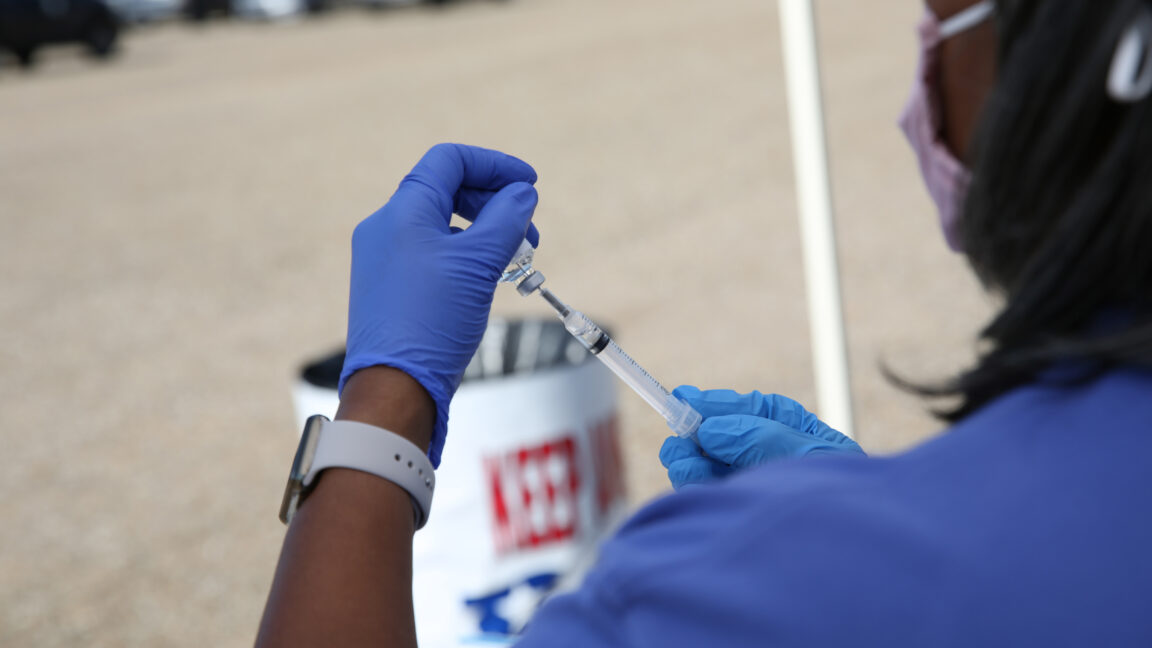Bird Flu: Vaccines May Drive Virus Evolution

Vaccinating birds against bird flu reduces the spread of the disease, but may have unintended consequences.
This is the warning of a new paper in the journal Science Advances, which concluded that vaccinating against the highly pathogenic H5 subtype of avian influenza virus (AIV) may drive viral evolution.
One such H5 bird flu is the H5N1 virus currently causing an outbreak of bird flu across the U.S.—killing which has killed one person to date— and the H5N6 bird flu currently spreading around birds in China.
67 cases of H5N1 bird flu have been recorded in humans since the beginning of 2024, according to the CDC, 38 of which were in California, 10 in Colorado, 11 in Washington, and the rest scattered around Iowa, Louisiana, Michigan, Missouri, Oregon, Texas and Wisconsin. Louisiana reported the first H5 bird flu death in the U.S. on January 6 this year.
"This is the first person in the United States who has died as a result of an H5 infection. Outside the United States, more than 950 cases of H5N1 bird flu have been reported to the World Health Organization; about half of those have resulted in death," the CDC explained.










